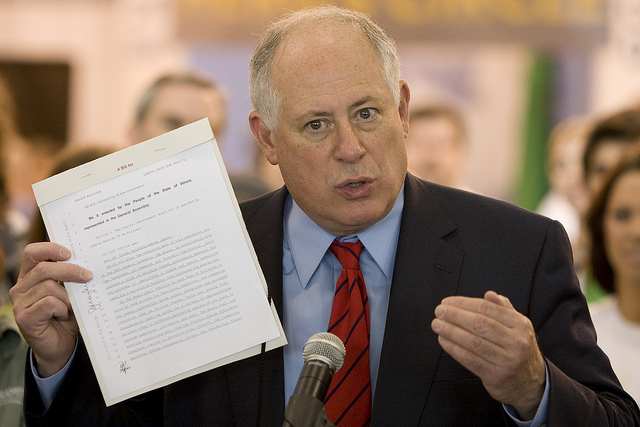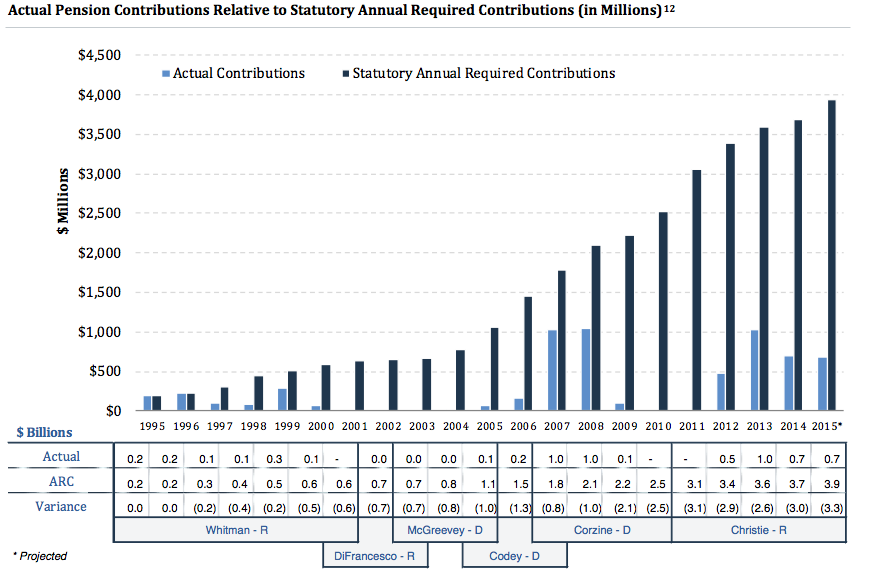Larry Zimpleman, chairman and president of Principal Financial Group, has written a short piece in the Wall Street Journal today detailing his reaction to CalPERS cutting hedge funds out of their portfolio and what the move means for the average investor.
From the WSJ:
I was very interested (and a bit surprised) to read about the decision of Calpers (the California Public Retirement System) to move completely out of hedge funds for their $300 billion portfolio.
While I haven’t visited directly with anyone at Calpers about the reasons for their decision, from the stories I’ve read, it seems to be a combination of two things. First, it’s not clear that hedge-fund returns overall are any better than a well-diversified portfolio (although the management fees of hedge funds are much higher). Second, hedge funds had only about a 1% allocation in the overall portfolio. So even if they did provide a superior return, it would have a negligible impact on overall performance.
What’s the takeaway for the average investor? First, if you have “alternatives” (like hedge funds) in your own portfolio, they need to be a meaningful percentage of your portfolio (something like a 5% minimum). Second, take a hard look at the recent performance against the management fees and think about that net return as compared to a well-diversified stock and bond portfolio. Hedge funds are, as their name implies, set up more for absolute performance and outperformance during stressed times. If you’re a long-term investor that believes in diversification and can tolerate volatility, hedge funds may be expensive relative to the value they provide, given your long-term outlook.
Principal Financial Group is one of the largest investment firms in the world and also sells retirement products.
Zimpleman’s post was part of the WSJ’s “The Expert” series, where industry leaders give their thoughts on a topic on their choice.









